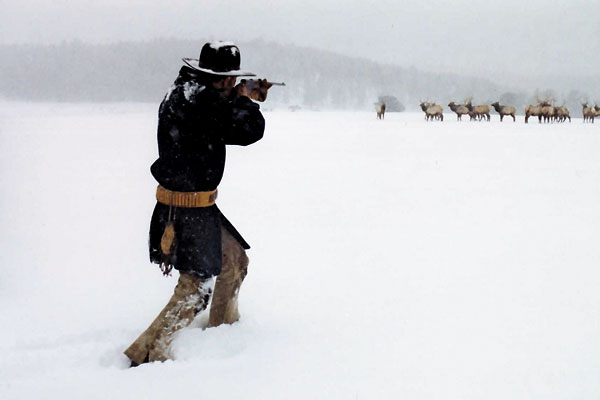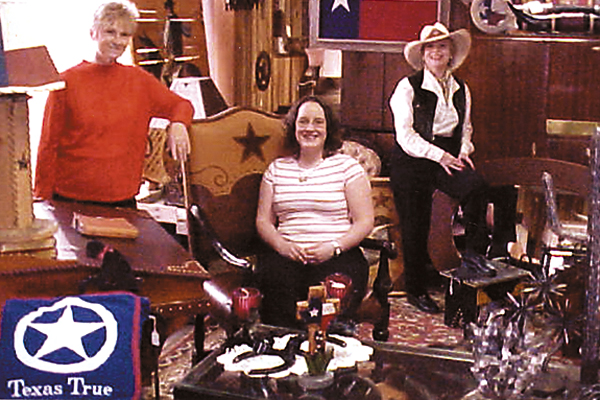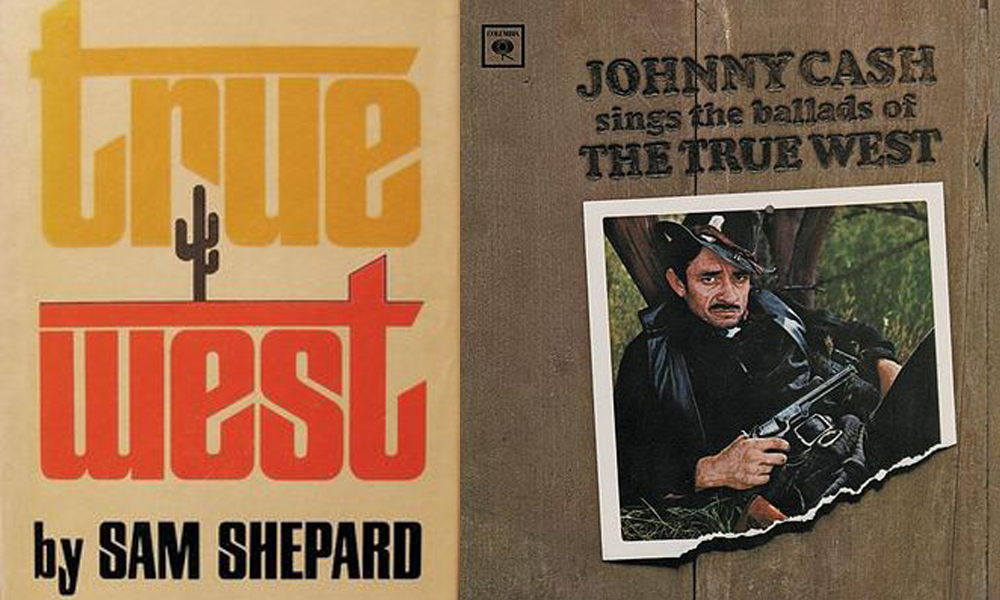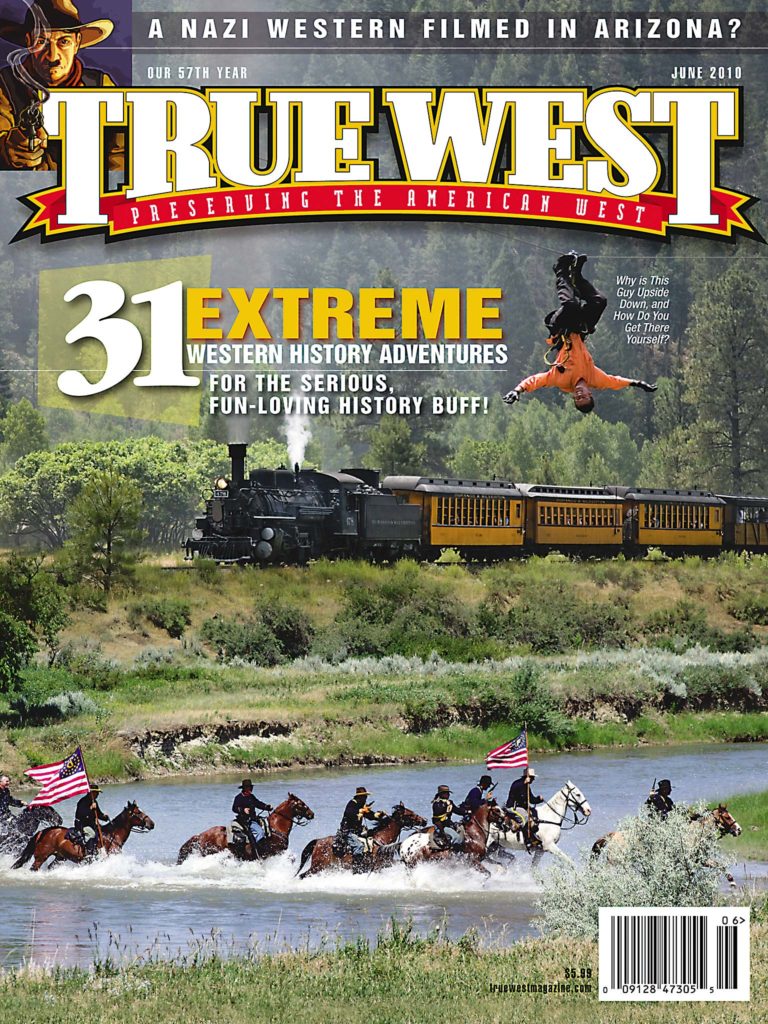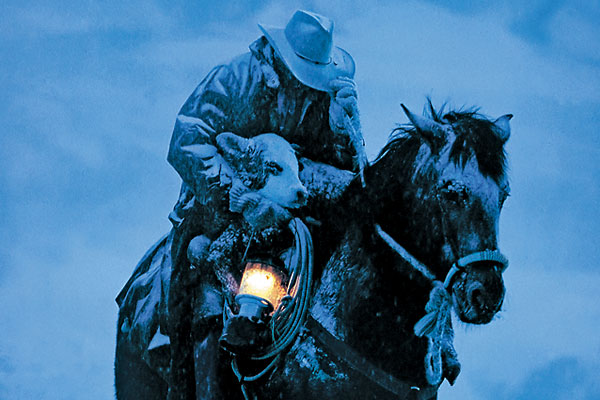
In Mackay, Idaho, a rugged cowboy and his trusty steed have braved the winter weather and harsh terrain to save a tender calf, with only a beacon of light guiding their way.
This modern-day Western story of rancher Kevin Donahue in “Winter Save” is one that photographer David R. Stoecklein says best epitomizes the spirit of his latest book, Photographing the West.
He means that in more ways than one. A blasting cold winter day in Idaho would never deter him from getting his shot. With 40 years of experience behind the lens and more than 40 photography books to show for it, Stoecklein knows what cameras can do the job. “My Canon cameras work great in any conditions. I have never had a camera freeze or break in cold weather. The coldest day I can remember was 42 degrees below zero in the Big Hole Valley of Montana,” he notes.
For the past five years, the Idaho-based photographer has also been embarking upon a new frontier when it comes to photography itself. He’s swapped film photography for digital, and he is offering up this book as testimony to his belief that he has taken some of the best photography of his career since he began shooting digitally.
His selections for this magazine’s first annual photography contest highlight Stoecklein’s preference for digital. He’s among the new school of photographers that sees Photoshop as a tool, but he does admit, “it should not become the central point of the photo.”
In many of his photographs from this new book, you can see an underlying philosophy shared by one of his favorite photographers, Charles Belden, who captured scenes of the Pitchfork Ranch in Wyoming during the 1920s-40s. Belden believed: “If a picture does not tell a story, it is not worth taking.” Stoecklein’s vivid mountain landscapes, whipping horse manes, rugged cowboy portraits and gleaming tack indeed stir the imagination. He credits this reaction to his reliance on weather, dust and lighting. “Dust is my friend; it adds a unique element to any story. You have to learn to use dust to your advantage,” he says. He’s at his best in the Texas Panhandle, which, he admits, “has the best storms and the most unique weather.”
Although he has received many laurels—most notably, Canon’s “Explorers of Light” award and our Editor’s Choice award for “Best Living Photographer” in 2007 and 2009, and our Reader’s Choice award in 2008—Stoecklein certainly is not through telling his story of the West. Our hardworking cowboys and cowgirls still find their own beacon of light through his lens, warning all that the range life is to be cherished, not forgotten.


